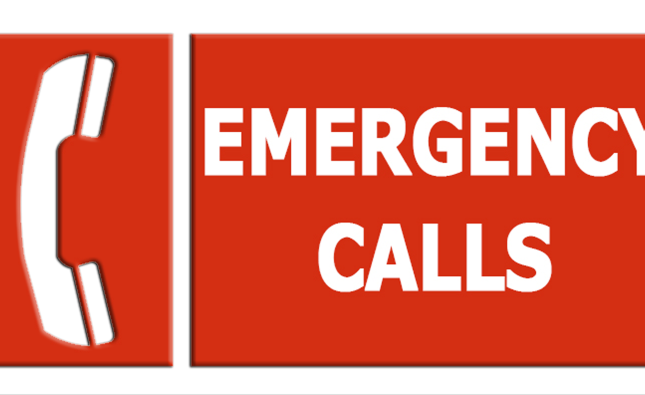
Rehabilitation is an important aspect of medical care that helps patients recover from injuries or illnesses. However, the traditional approach to rehabilitation can be time-consuming and inefficient, resulting in longer hospital stays and higher costs. Streamlining rehabilitation has the potential to make the recovery process faster, more efficient, and more cost-effective.
One way to streamline rehabilitation is through the use of technology. Advances in technology have made it possible to monitor patients remotely, allowing doctors and nurses to track their progress and adjust treatment plans accordingly. Wearable devices, such as sensors and smartwatches, can provide real-time data on a patient’s vital signs, movement, and activity levels. This information can be used to create personalized treatment plans and to identify potential issues before they become serious.
Another way to streamline rehabilitation is by focusing on functional outcomes. Rather than just treating the injury or illness, rehabilitation can be tailored to help patients regain their ability to perform specific activities, such as walking, lifting, or using their hands. This approach, known as functional rehabilitation, has been shown to be more effective than traditional rehabilitation methods. By focusing on functional outcomes, patients are more motivated to participate in their own recovery, and they can see measurable progress more quickly.
Streamlining rehabilitation also involves reducing unnecessary hospital stays. Many patients are kept in the hospital longer than necessary because of logistical issues, such as delays in arranging follow-up care or finding appropriate rehabilitation facilities. By improving coordination between healthcare providers and rehabilitation facilities, patients can be discharged from the hospital sooner and continue their recovery in a more appropriate setting. This can reduce the risk of hospital-acquired infections and other complications and can also help reduce healthcare costs.
One example of streamlining rehabilitation in action is the Hospital at Home program. This program allows eligible patients to receive hospital-level care in the comfort of their own homes, using telemedicine and remote monitoring technology. Patients are monitored by a team of healthcare professionals who can quickly respond to any issues that arise. This approach has been shown to be as effective as traditional hospital care, while also reducing hospital stays and healthcare costs.
In conclusion, streamlining rehabilitation is an important step towards making the recovery process faster, more efficient, and more cost-effective. By using technology, focusing on functional outcomes, and reducing unnecessary hospital stays, patients can recover more quickly and return to their normal activities sooner. Healthcare providers can also benefit from lower costs and improved patient outcomes. Streamlining rehabilitation is a win-win for everyone involved.










